When children under the age of 10 die by suicide in Ontario, their deaths are likely to be deemed an accident or as “undetermined” by the provincial coroner’s office, APTN Investigates has learned.
That leads to a shortage of suicide data amongst Indigenous children under 10.
It’s a concern for some First Nations leaders.
Deputy Grand Chief Anna Betty Achneepineskum says that practice ignores the scope of the suicide problem among young children.
“It’s a form of denial on the part of the policy-makers, truth must be told and properly documented,” says Achneepineskum.
A senior Ontario coroner explained the reason for the policy in an email to APTN.
“It is believed that [children that young] do not have the cognitive ability to fully appreciate their actions,” wrote Cheryl Mahyr with the Office of the Chief Coroner and Ontario Forensic Pathology Service.

Nishnawbe Aski Nation, a political organization that represents 49 First Nation communities in northern Ontario, provided APTN with data showing there have been 87 suicides among children between the ages of 10-14. They have collected data in their territory since 1986.
But the Office of the Chief Coroner and Ontario Forensic Pathology Service said there have been 32 suicide deaths of Indigenous children between the ages of 7-14 between 2007 and 2016.
It is unknown how many of those deaths involve children under the age of 10 years old.
Read More:
Data reveals close to 600 suicides in northern Ontario since the mid-1980’s
APTN reached out to other coroners offices across the country to ask how they classify suicide deaths if they involve children 14 and under.
The chief coroner with the Northwest Coroner Service Cathy Menard wrote there were no deaths by suicide for children in that age group but they would likely look at the cognitive ability similar to what Ontario has done.
The B.C. Coroners Service confirmed four suicides under the age of 14-years-old between 2008-2017. Their statistics are based on self-identification and may not include all cases.
Suicide rate amongst children and youth concerning
Indigenous communities have been left reeling from high rates of suicide for decades and the suicides of children are particularly horrific.
In Canada, suicide deaths in Indigenous communities occur three times higher than in the general public, and youth lose their lives to suicide at a rate five to six times higher than non-Indigenous youth in the country.
But obtaining the exact numbers has been proven to be difficult.
APTN previously reported how little to no data is being collected by the federal and provincial governments, especially based on ethnicity.
Read More:
Meanwhile, Indigenous children and youth do die by suicide — and it’s been happening for years.
Ahousaht First Nation, a remote community located on the west coast of Vancouver Island, B.C., declared their community in crisis in 2005 after dealing with 70 attempted suicides over a nine-month period. One instance involving a nine-year-old child.
Communities in Northern Ontario have also been battling this tragedy for years. Since 1991, there have been 354 suicide deaths of Indigenous people under the age of 25, based on the province’s coroner’s numbers. The Office of the Chief Coroner did not identify descendants of First Nations ancestry until 1991.
Last year, a string of suicides took place in the communities of Pikangikum and Wapekeka First Nation. Several children, as young as 12 years old, had taken their own lives. Other communities were hit hard with suicide, too, with many of these children and youth involved in the child welfare system.
Wapekeka child texted her friend ‘goodbye’ and then was gone
Three First Nations girls died in Ontario group homes in last 6 months
“When a child loses hope at such a young age and gives up on life, that’s obviously something we needed to be tackling, and that’s what the whole scope and aim of the suicide prevention strategy is about,” said David Pratt, a vice-chief with the Federation of Sovereign Indigenous Nations (FSIN) in Saskatchewan.

Recently, FSIN passed a suicide prevention strategy, the first provincial-level, First Nations-driven and First Nations-specific strategy in the country.
The political organization that represents 74 Saskatchewan First Nations reported suicide is four times higher than the rate of non-First Nations people in the province.
Girls aged 10-19 were 29.7 times more likely to take their own lives compared to their non-First Nation peers.
Read here: FSIN Suicide Prevention Strategy
“She did leave a note…I’ve never read her note”
Eleven-year-old Cassandra Okeese died by suicide on March 30th, 2011 in her home in Geraldton, Ont.
Her grandfather, Victor Chapais from the Ginoogaming First Nation located in northern Ontario told APTN her death was devastating to the community.

“I still don’t know why,” said Chapais. “She did leave a note…I’ve never read her note.”
Chapais said he does not agree with how the Ontario’s Office of the Chief Coroner position classifies suicides for children under 10-years-old.
“I’m not too impressed with how they do their job. I don’t know what makes them think not admitting a problem when it’s a problem,” says Chapais.
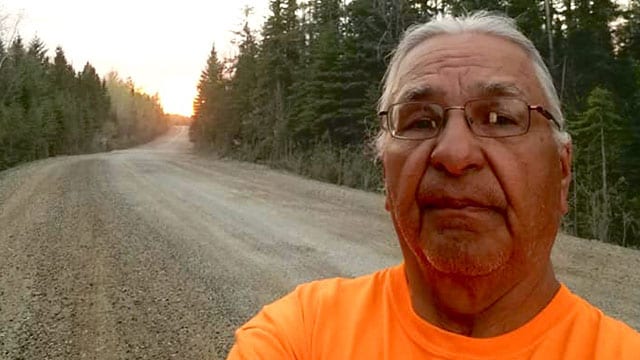
Chapais says there are still too many young people taking their own lives.
Last year, his home community lost another young person to suicide.
Amy Bombay, an assistant professor with the Faculty of Medicine and Health at Dalhousie University has just completed soon-to-be-published research that links suicidal thoughts and suicide attempts to parents who attended Indian residential schools.
Her report, ‘Suicidal thoughts and attempts in First Nations Communities: links to parental Indian residential school attendance across development’ finds Indigenous children and youth of residential school survivors are particularly affected by suicidal thoughts and attempts.
“The relationship between having a family history of residential schools and suicidal ideation and attempts were stronger in the younger group of youth that were 12-14 versus those that were 15-17,” said Bombay.
She stressed the need for culturally-relevant early interventions for the large proportions of Indigenous children and youth affected by residential schools and other collective traumas.
Bombay was surprised to hear how the Ontario’s Office of the Chief Coroner classifies suicides for children under 10.
“That surprises me especially their explanation that they [the children] don’t have the cognitive ability. I mean they’re clearly making those choices.”




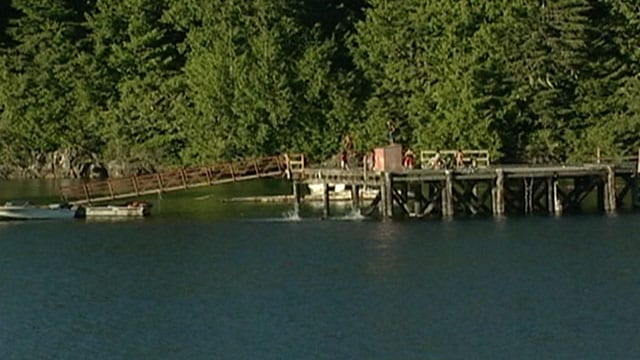



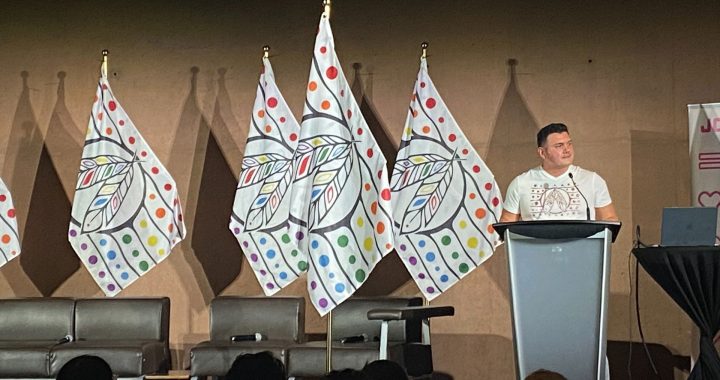
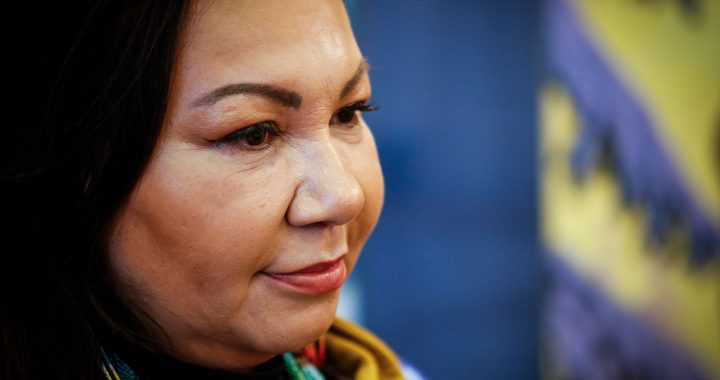
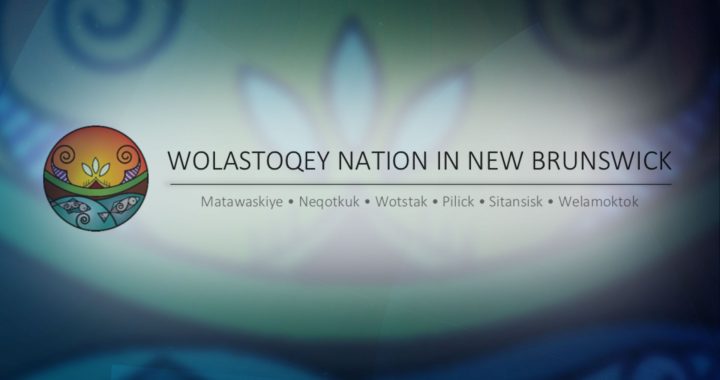

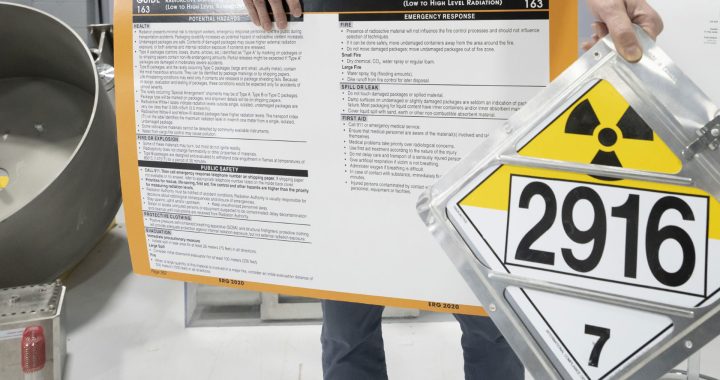
When are they going to face reality concerning their children’s pain which is brought on by the untruths of blaming Whitey, rez schools, colonization rather than to blame parental neglect and abuse as in Phoenix Sinclair, Guy Guimond as well as booze, drugs, rape, murder, etc. of teenagers etc. Their parents chose life?? Not all!! And if the parents were to be parents instead of worrying about being hateful and spreading hate & lies re: history and Whites, even spend time with their kids instead protesting against oil etc that they actually benefit from among other things, there just might be more children who feel loved, wanted, purposeful and have hope and be alive!!!!
When are they going to face reality concerning their children’s pain which is brought on by the untruths of blaming Whitey, rez schools, colonization rather than to blame parental neglect and abuse as in Phoenix Sinclair, Guy Guimond as well as booze, drugs, rape, murder, etc. of teenagers etc. Their parents chose life?? Not all!! And if the parents were to be parents instead of worrying about being hateful and spreading hate & lies re: history and Whites, even spend time with their kids instead protesting against oil etc that they actually benefit from among other things, there just might be more children who feel loved, wanted, purposeful and have hope and be alive!!!!
“I still don’t know why,” said Chapais. “She did leave a note…I’ve never read her note.
Read the damn note if you want to know why she committed suicide! What if it was abuse that prompted her?
“I still don’t know why,” said Chapais. “She did leave a note…I’ve never read her note.
Read the damn note if you want to know why she committed suicide! What if it was abuse that prompted her?
It is such a tragedy that these young people feel like there is no other way to fix what ever issues they are facing. Whether it is mental or physical abuse, the pain cuts deep and without someone they feel like they can confide in the pain becomes overwhelming. Although they might not have the cognitive ability to understand how to help themselves or understand their situation, they are mentally capable of feeling hopeless/ lost. To rule the suicides of the youth under 10 years of age as something other than a suicide is to ignore the problem and to deny recognition that the youth population is in serious need of a proper guide/ support system (indigenous and non-indigenous). Turtle Island is unbalanced as a result of Colonization. It is well past the time to correct this unbalance, starting with the youth who will lead us into the future.
It is such a tragedy that these young people feel like there is no other way to fix what ever issues they are facing. Whether it is mental or physical abuse, the pain cuts deep and without someone they feel like they can confide in the pain becomes overwhelming. Although they might not have the cognitive ability to understand how to help themselves or understand their situation, they are mentally capable of feeling hopeless/ lost. To rule the suicides of the youth under 10 years of age as something other than a suicide is to ignore the problem and to deny recognition that the youth population is in serious need of a proper guide/ support system (indigenous and non-indigenous). Turtle Island is unbalanced as a result of Colonization. It is well past the time to correct this unbalance, starting with the youth who will lead us into the future.